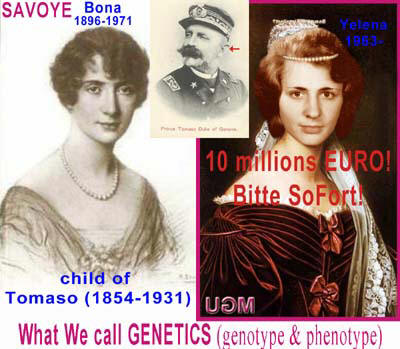On this page: Scientist
biology
ADDS:
О природе вещей повествует поэма
Phylosophic Poem
Did I answer your questions? Scroll down, please
Principles
of biology
Universality:
Biochemistry, cells, and the genetic code
Evolution:
The central principle of biology
Diversity:
The variety of living organisms
Traditionally,
living things have been divided into five kingdoms:
Monera -- Protista -- Fungi -- Plantae -- Animalia
Archaea (originally
Archaebacteria) -- Bacteria (originally
Eubacteria) -- Eukaryota
Continuity:
The common descent of life
Homeostasis:
Adapting to change
Interactions:
Groups and environments
Scope
of biology
Structure of life
Physiology
of organisms
Main
articles: Physiology, Anatomy
Diversity and evolution of organisms
Main
articles: Evolutionary biology, Biodiversity, Botany, Zoology
Classification
of life
Interactions of organisms
Main
articles: Ecology, Ethology, Behavior, Biogeography
History
of the word "biology"
History
Major
discoveries in biology include:
External links
- Biology
- Biology News Net: Daily updated biology news
& community website.
- Biology Online: Major biology forum,
dictionary and collection of tutorials and articles.
- BioNews :Latest
Biology News : Research News and Articles from Biological Science and related
fields.
- BioCode: A proposal for organism
naming.
- NCBI Open-Access Books
- PhyloCode, http://www.ohiou.edu/phylocode/index.html
- The Tree of Life: A multi-authored, distributed
Internet project containing information about phylogeny and biodiversity.
- BioOne Bioscience research journals.
- Fond M├®rieux
- EverythingBio Protocols, graduate school
information, hard to find definitions.
- MIT video lecture
series on biology
- PLos Biology A peer-reviewed, open-access
journal published by the Public Library of Science
- International
Journal of Biological Sciences A biological journal publishes
peer-reviewed scientific papers of significance
- Perspectives in Biology and Medicine
See also
Further reading
- Lynn Margulis, Five Kingdoms: An
Illustrated Guide to the Phyla of Life on Earth, 3rd ed., St. Martin's
Press, 1997, paperback, ISBN 0-8050-7252-7
(many other editions)
- Neil Campbell, Biology (7th edition),
Benjamin-Cummings Publishing Company, 2004, hardcover, ISBN 0-8053-7146-X
- Johnson George B. 2005 "Biology, Visualizing Life." Holt, Rinehart, and Winston. ISBN 0-03-016723-X
the German Academy of Sciences. Structure
IInd Division: Humanitarian, Historical & Architectural
and Philological Sciences;
IIIrd Division: Innovational Biotechnologies, Strength
Physics and Material Sciences;
I.
отделения:
наук о Земле,
биологических,
математических,
физических и
химических наук,
II. отделения:
общественных,
историко-филологических
наук;
III. отделения:
новейших
биотехнологий,
наук о
материалах;
http://www-sbras.nsc.ru/HBC/index.phtml?lang=en
(Siberian branch of the Russian Academy of Sciences)
RUSSIAN AWARDS FOR RUSSIAN MEN:
ON
THE BASIS OF THE ALEXANDER v. HUMBOLDT FOUNDATION and some other private
foundations
|
|
|
|
nds-nl:Biologiezh-yue:ńö¤ńē®ÕŁĖ ???
biology is mentioned in
these Personal AnswerPage:









